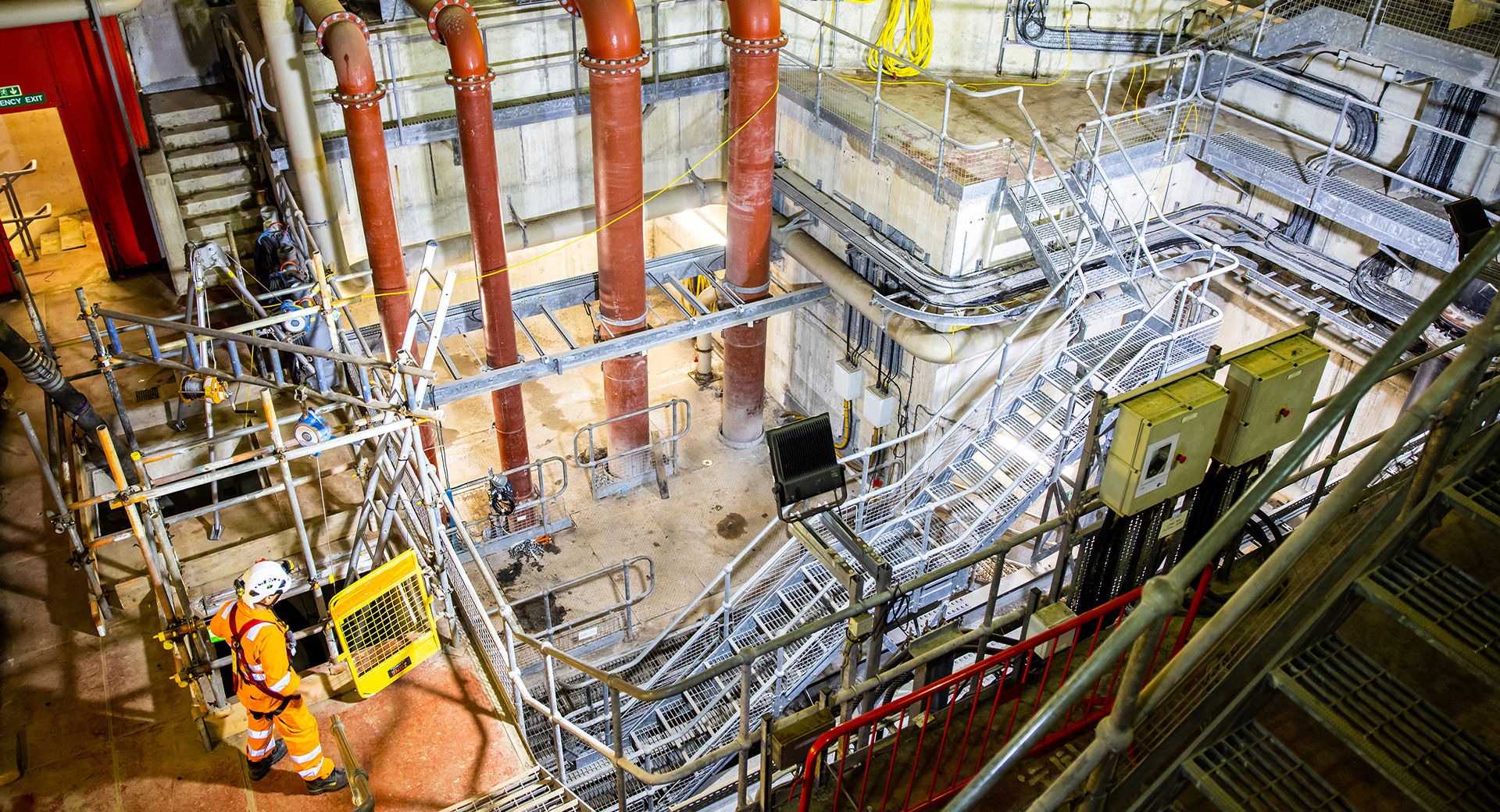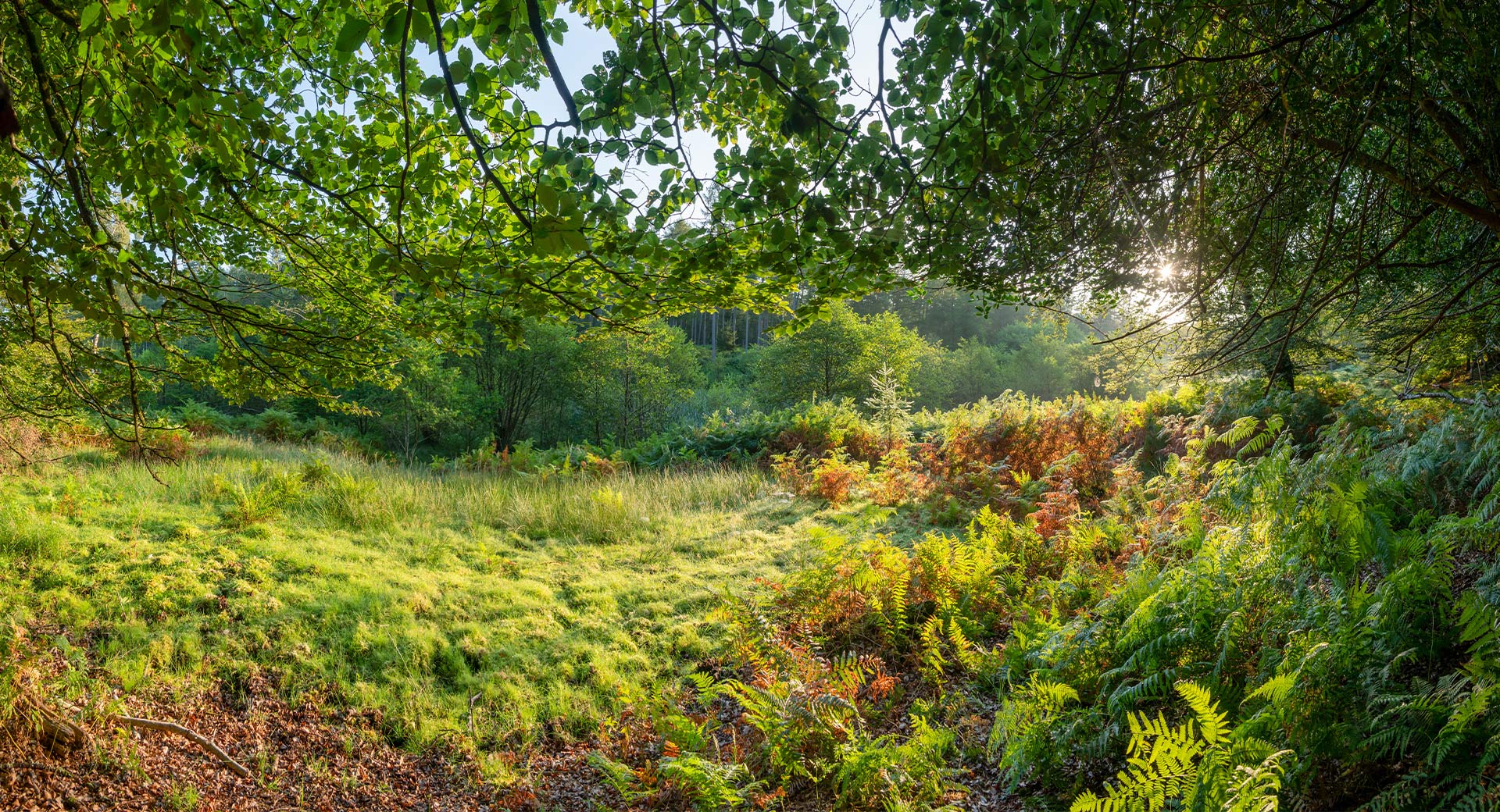The importance of agricultural lands
A large proportion of land in the three catchments is agricultural. Excessive agricultural run-off into waterbodies can lead to increased growth of algae in water due to high levels of certain nutrients. This highlights the importance of working alongside landowners to adopt catchment-sensitive farming.






